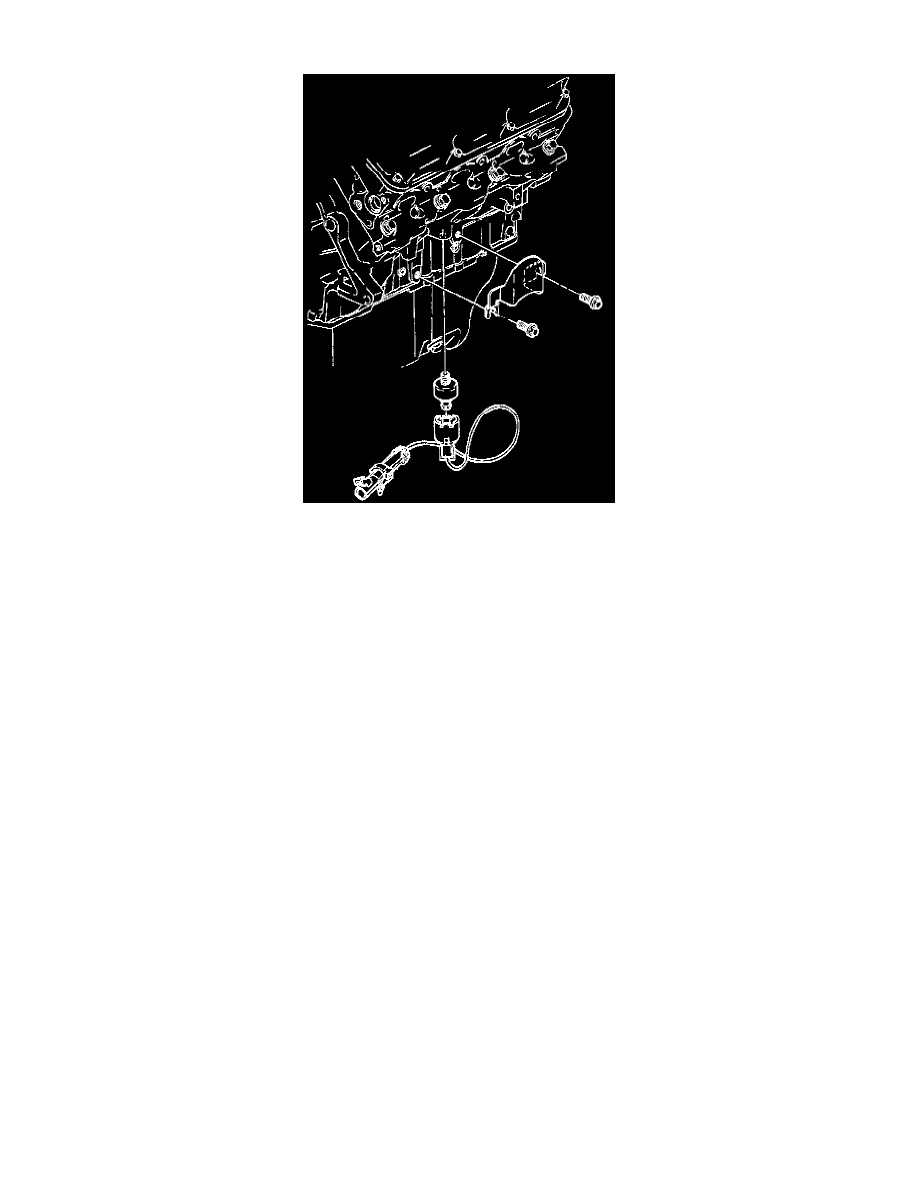LeSabre V6-3.8L VIN K (1996)

Knock Sensor: Description and Operation
Knock Sensor
The knock sensors detect abnormal vibration (spark knocking) in the engine. The sensors are mounted in the engine block near the cylinders. The
sensors produce an AC output voltage which increases with the severity of the knock. This signal voltage is input to the PCM. The PCM then
adjusts the Ignition Control (IC) timing to reduce spark knock.
The PCM contains a replaceable Knock Sensor (KS) module. The KS module contains the circuitry that allows the PCM to utilize the KS signal
and diagnose the KS sensors and circuitry. If the PCM is replaced, the KS module needs to be transferred from the original PCM. If the KS
module is missing or faulty causing a continuous knock condition to be indicated, the PCM will set DTC P0325.
DTCs P0325, P0326, and P0327 are designed to diagnose the KS module, the knock sensors, and related wiring, so problems encountered with the
KS system should set a DTC.
PURPOSE
Varying octane levels in today's gasoline may cause detonation in some engines. Detonation is caused by an uncontrolled explosion (burn) in the
combustion chamber. This uncontrolled explosion could produce a flame front opposite that of the normal flame front produced by the spark plug.
The rattling sound normally associated with detonation is the result of two or more opposing pressures (flame fronts) colliding within the
combustion chamber. Though light detonation is sometimes considered normal, heavy detonation could result in engine damage.
